Scientists at Universidad Andrés Bello in Chile have imaged a dying star outside our galaxy, revealing it is surrounded by an egg-shaped cocoon.
From European Southern Observatory 24/11/24 (first released 21/11/24)
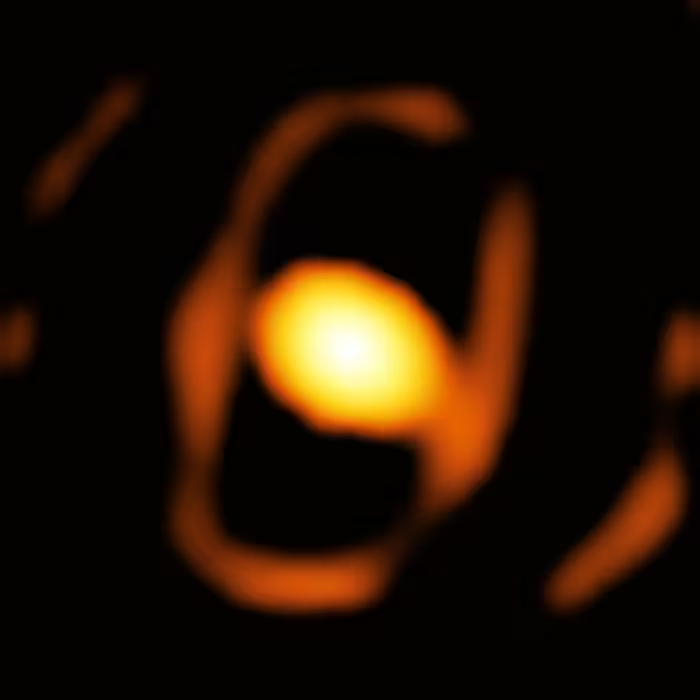
“ For the first time, we have succeeded in taking a zoomed-in image of a dying star in a galaxy outside our own Milky Way,” says Keiichi Ohnaka, an astrophysicist from Universidad Andrés Bello in Chile.
Located a staggering 160 000 light-years from us, the star WOH G64 was imaged thanks to the impressive sharpness offered by the European Southern Observatory’s Very Large Telescope Interferometer (ESO’s VLTI).
The new observations reveal a star puffing out gas and dust, in the last stages before it becomes a supernova.
“ We discovered an egg-shaped cocoon closely surrounding the star,” says Ohnaka, the lead author of a study reporting the observations published today in Astronomy & Astrophysics.
“ We are excited because this may be related to the drastic ejection of material from the dying star before a supernova explosion.”
While astronomers have taken about two dozen zoomed-in images of stars in our galaxy, unveiling their properties, countless other stars dwell within other galaxies, so far away that observing even one of them in detail has been extremely challenging.
Up until now.
The newly imaged star, WOH G64, lies within the Large Magellanic Cloud, one of the small galaxies that orbits the Milky Way.
Astronomers have known about this star for decades and have appropriately dubbed it the ‘ behemoth star ’.
With a size roughly 2000 times that of our Sun, WOH G64 is classified as a red supergiant.
Ohnaka’s team had long been interested in this behemoth star.
Back in 2005 and 2007, they used ESO’s VLTI in Chile’s Atacama Desert to learn more about the star’s features, and carried on studying it in the years since.
But an actual image of the star had remained elusive.
For the desired picture, the team had to wait for the development of one of the VLTI’s second-generation instruments, GRAVITY.
After comparing their new results with other previous observations of WOH G64, they were surprised to find that the star had become dimmer over the past decade.
“ We have found that the star has been experiencing a significant change in the last 10 years, providing us with a rare opportunity to witness a star’s life in real time,” says Gerd Weigelt, an astronomy professor at the Max Planck Institute for Radio Astronomy in Bonn, Germany and a co-author of the study.
In their final life stages, red supergiants like WOH G64 shed their outer layers of gas and dust in a process that can last thousands of years.
” This star is one of the most extreme of its kind, and any drastic change may bring it closer to an explosive end,” adds co-author Jacco van Loon, Keele Observatory Director at Keele University, UK, who has been observing WOH G64 since the 1990s.
The team thinks that these shed materials may also be responsible for the dimming and for the unexpected shape of the dust cocoon around the star.
The new image shows that the cocoon is stretched-out, which surprised scientists, who expected a different shape based on previous observations and computer models.
The team believes that the cocoon’s egg-like shape could be explained by either the star’s shedding or by the influence of a yet-undiscovered companion star.
As the star becomes fainter, taking other close-up pictures of it is becoming increasingly difficult, even for the VLTI.
Nonetheless, planned updates to the telescope’s instrumentation, such as the future GRAVITY+, promise to change this soon.
“ Similar follow-up observations with ESO instruments will be important for understanding what is going on in the star,” concludes Ohnaka.
More info
You may also be curious about:
-

How creativity is possible despite frustration
-

Chemists create world’s thinnest spaghetti
-

Researchers discover why mushroom supplement slows prostate cancer
-
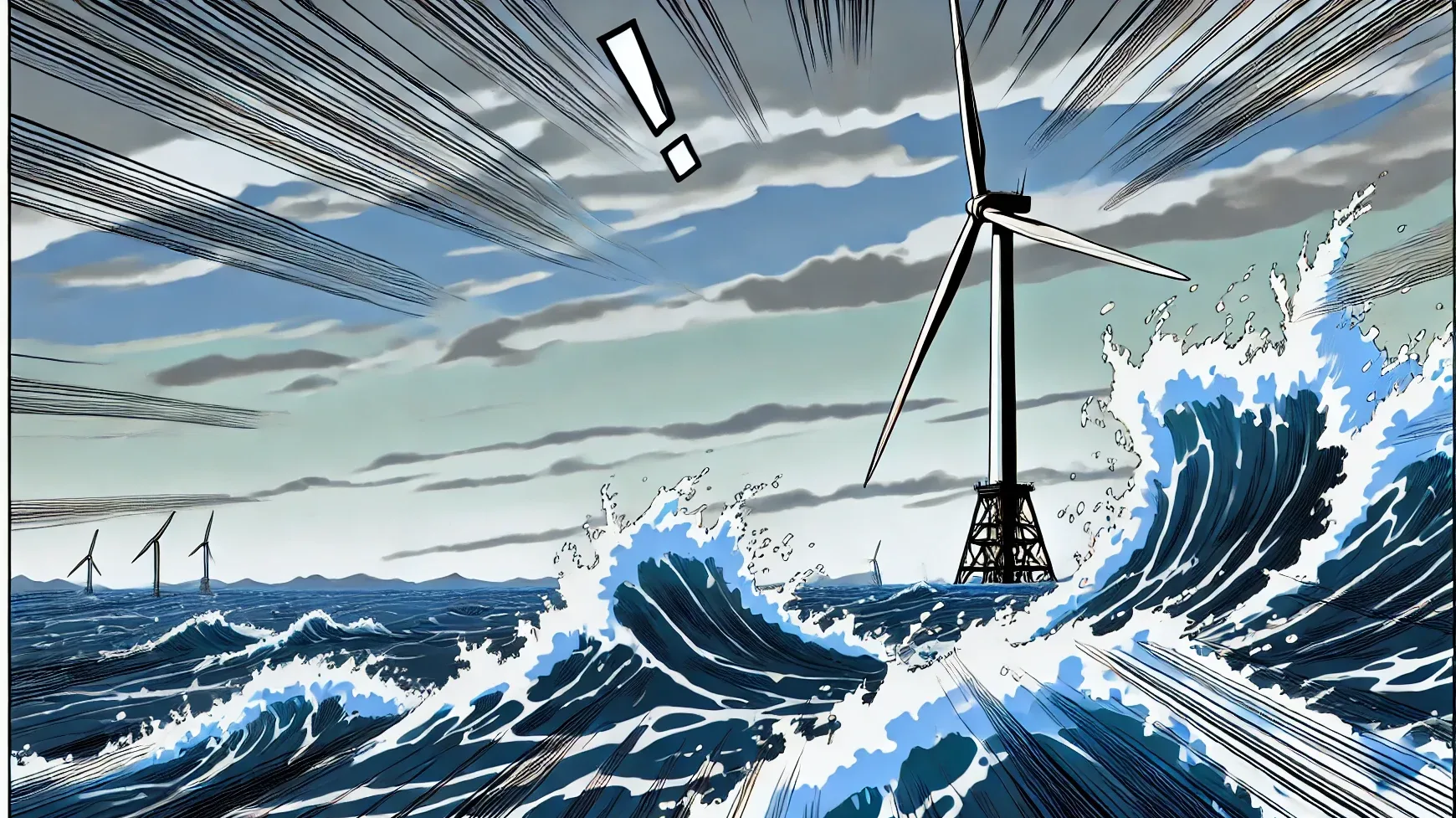
Wave-predicting robots could cut green energy costs
-

One genomic test can diagnose nearly any infection
-

Robot that watched surgery videos performs with skill of human doctor
-
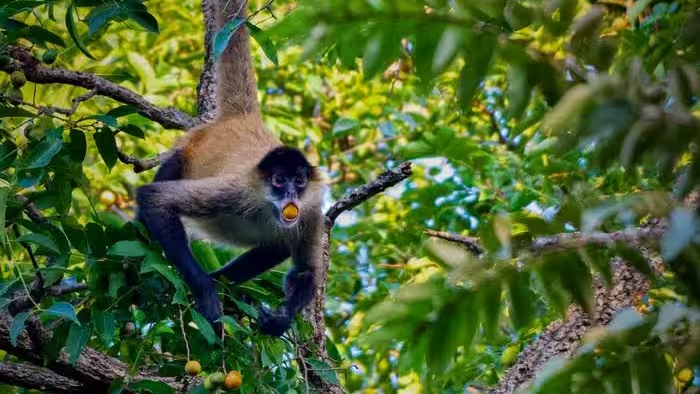
Alcohol consumption among animals may not be as rare as previously thought
-
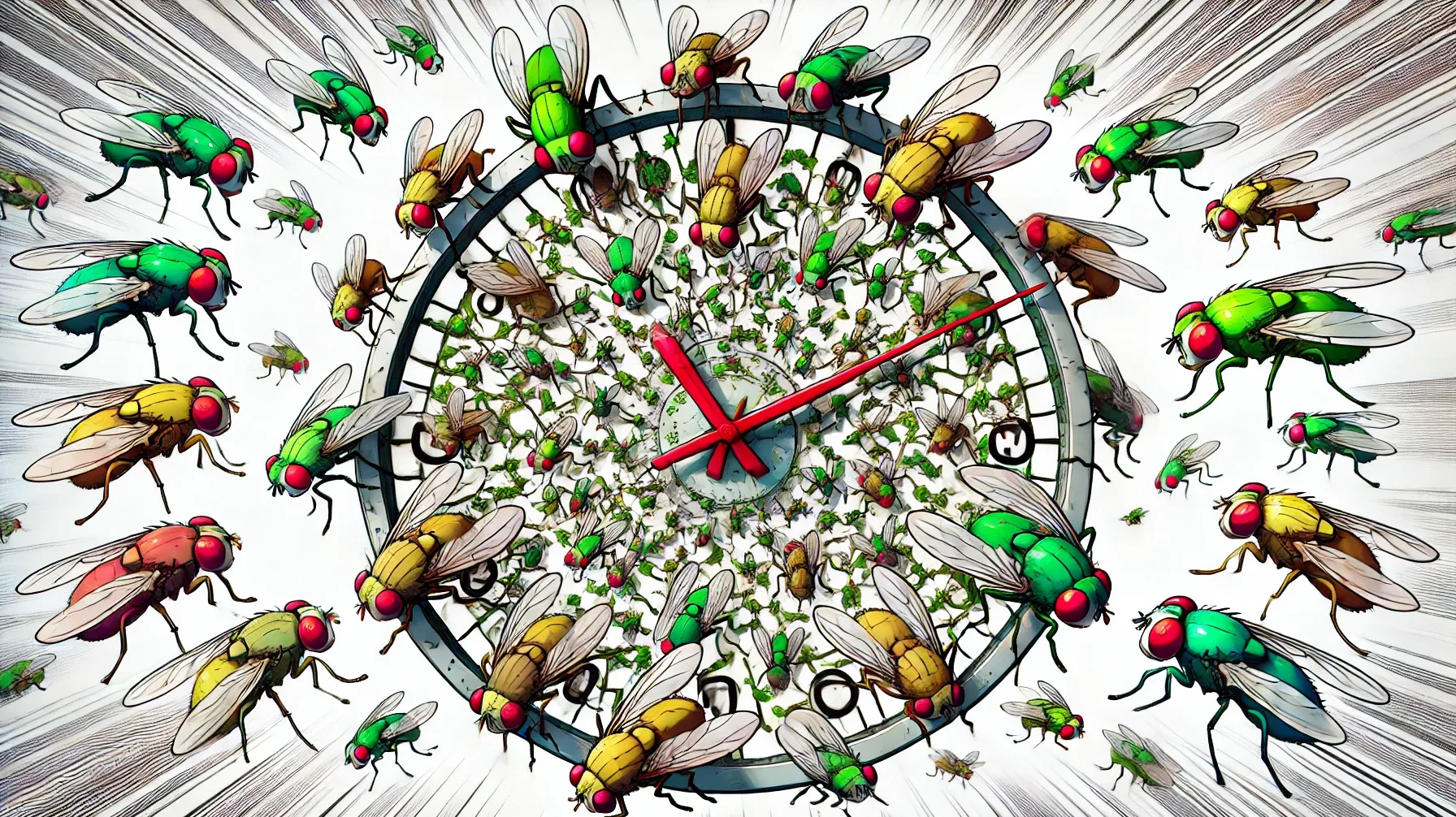
Scientists can reverse brain aging in fruit flies by preventing buildup of a common protein
-

Other body parts form memories, not just the brain
-
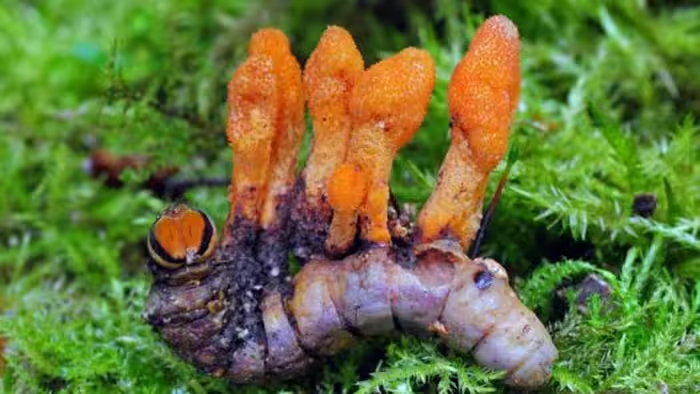
Research shows caterpillar fungus can slow down growth of cancer cells
-

It’s not to be. Universe too short for Shakespeare typing monkeys
-
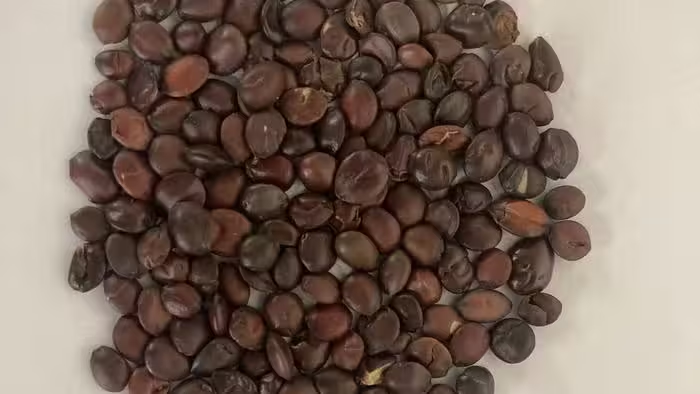
Chinese herbal medicine’s potential in preventing dementia
